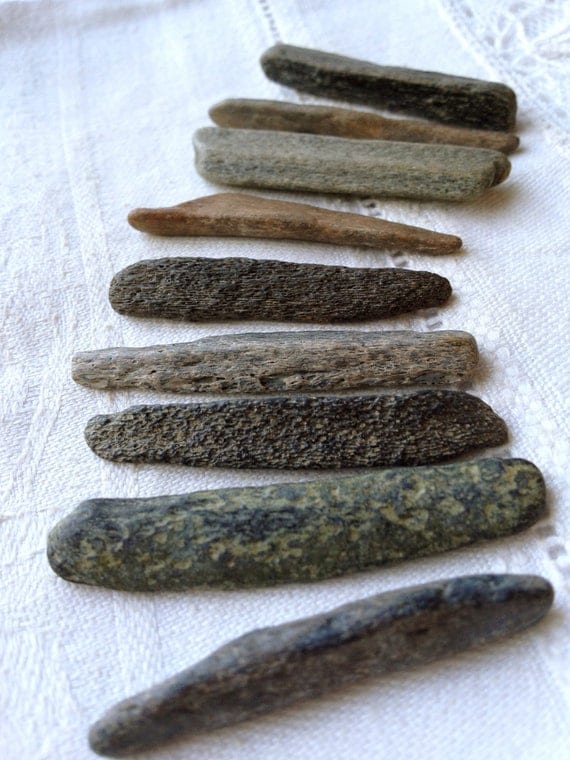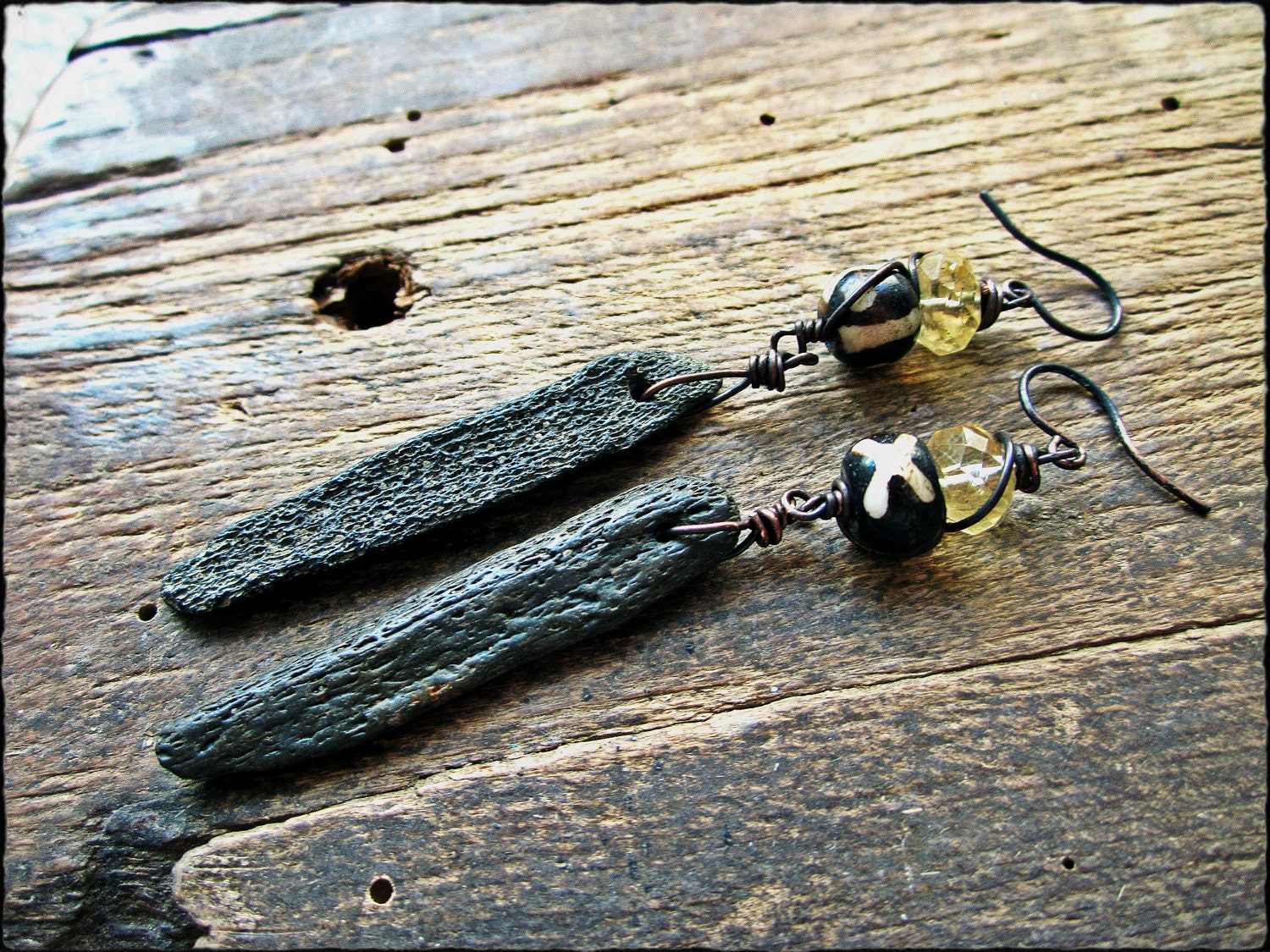I went into my shelter rotation with the firm resolve that I
was not going to adopt anything, no matter how cute or little or sweet or
flat-faced. (Pugs and bulldogs are my
special weaknesses.)
For the first week, it was easy. I played with the kittens
and few dogs that we examined to later spay and neuter, but had no qualms about
placing them back into their cages without a second thought.
Then I met Brambleberry.
She was a fully grown white cat with grey splotches over her
back and head. When I say white, I mean that her fur was supposed to be white –
but it was hard to tell because of all the flea dirt caked on her skin. Her
nose and the inside of her ears were not the healthy pink I expected, but a
pale cream color that divulged just how many fleas she had been feeding –
enough to make her anemic. I could count every vertebrae in her spine, and her
gaunt sides nearly touched each other due to the lack of fat in her abdomen.
When I performed my exam on Brambleberry, she purred. And
when I sat for a moment, she leapt into my lap and purred all the louder.
And the little bugger had me hooked.
I fell in love with the flea-bitten, anemic, malnourished old
cat, spayed her, and took her home with me the next day. [This part sounds
easy, but in between there were two days of fights and begging and tears in
order for me to convince my landlord/roommate to allow this new tenant in our
apartment.]
The third day after I brought Brambleberry home, I noticed
some strange, hairless lesions on the tips of her ears.
“It’s ringworm,” I said, cursing, and brought her to the Dermatology
department at the OSU Veterinary Medical Center, where they cultured the lesion
and diagnosed her several days later with a rare form of ringworm called
Microsporum gypseum. Loaded with anti-fungal shampoo and oral medications, I
secretly thanked God that I had adopted Brambleberry before the lesions on her
ears had become evident. The shelter has a strict no-tolerance policy for
ringworm cases because it is highly contagious and can spread to people as
well. Because of this, they euthanize ringworm-positive cats.
Brambleberry’s coat filled out, her ears grew the fur back, she
gained several pounds, and all of a sudden she no longer acted like a sedate
old cat, but like a wild monster. She woke me in the night with dreadful
crashes as she failed leaps up onto shoulder-high shelves on the walls and
would playfully wrap herself around my arm, gnaw at my fingers, and bunny-kick
my elbow in the attempts to “kill” what I can only assume was a strange sort of
rabbit in her hazy cat imagination.
“This is not an old lap cat!” I complained bitterly to
family and friends. This was a juvenile
cat – surely no more than a year and a half. Now that she was free of the fleas
and eating well, her energy levels returned to the level of the young cat she
actually was.
One morning, I awoke to find Brambleberry limping on her
right hind leg, barely putting any weight on it at all. “She’s luxated her hip,”
I thought despairingly, and brought her back to the vet hospital, where x-rays
confirmed that she had, indeed, luxated her coxofemoral joint completely out of
its socket.
While she was having tests done, Brambleberry was also
diagnosed with a ventral body wall hernia and hypertrophic cardiomyopathy.
“You are a lemon,” I told my cat as I loaded her into the
only carrier she tolerated, the cardboard top-loading one we had received from
the shelter. With the load of new
problems she had, it seemed likely that she had been hit by a car before we
met, sustaining trauma to her hip and abdomen which caused an unstable hip
joint as well as the hernia.
In cats, a hip luxation is a problem, as their anatomy does
not readily allow the femoral head to slide back into the hip socket. Once it’s
popped out of joint, it is mostly likely to stay out of joint. Because of this,
a surgical procedure called a femoral head osteotomy is recommended in these
cases. This surgery removes the head of the femur and allows the rest of the
femur to form a false, fibrous joint with the hip socket that eventually is
completely pain-free. While an animal may limp for the rest of its life because
one leg is slightly shorter than the other, they are free from the chronic pain
that leaving the luxation would cause. Cats especially are great candidates for
this procedure, as they are so lightweight that the alteration hardly slows
them down at all.
I now had a choice to make. My new cat had a quartet of medical
problems. I am a vet student with enough loans to keep me going for the next
thirty years. If I were the vet and my client came to me with this cat, I would
agree that returning her to the shelter was a reasonable option.
But.
When your heart is firmly held between the paws of your own
pet, it is not so easy to rush to the reasonable options.
Without hesitation, I chose the surgery that would keep my
kitty comfortable. I chose to keep the cat that would certainly be euthanized
should I return her to the shelter. I chose with my heart and let my head have
a rest.
Four months later, I have never regretted this decision. Not
while Brambleberry is gnawing on my ankles during yoga. Not while she stalks me
from across the room, leaps up and swats me on the cheek and runs away. Not
while I hold her as she yowls to clip her needle-sharp claws.
Because sometimes the little monster still jumps up on my
lap, purring and kneading with the little white paws. She follows me about the
apartment, commenting as we go with little “mrrps” and “brrrrrs.” She tastes my
yogurt for me and dashes into the refrigerator every time it is opened in the
hopes that canned tuna will magically rain from the sky. She lies on her back,
legs flopped to the side, and watches as I cook, study, or clean.
“You picked the right owner, you lucky bugger,” I tell her.
Brambleberry blinks her eyes at me and bats at my hand with a velveted paw.
Someday, maybe she will be an old, sedate cat.
Today, she is a monster-kitty.
That’s okay, too.
PS: It's been over a YEAR since my last post, which coincides nicely with the beginning of clinics last year and the end of my clinical year now. I am graduating next week with my DVM degree and I will be a real live veterinarian!
-DR. Chelsea Stevens



































